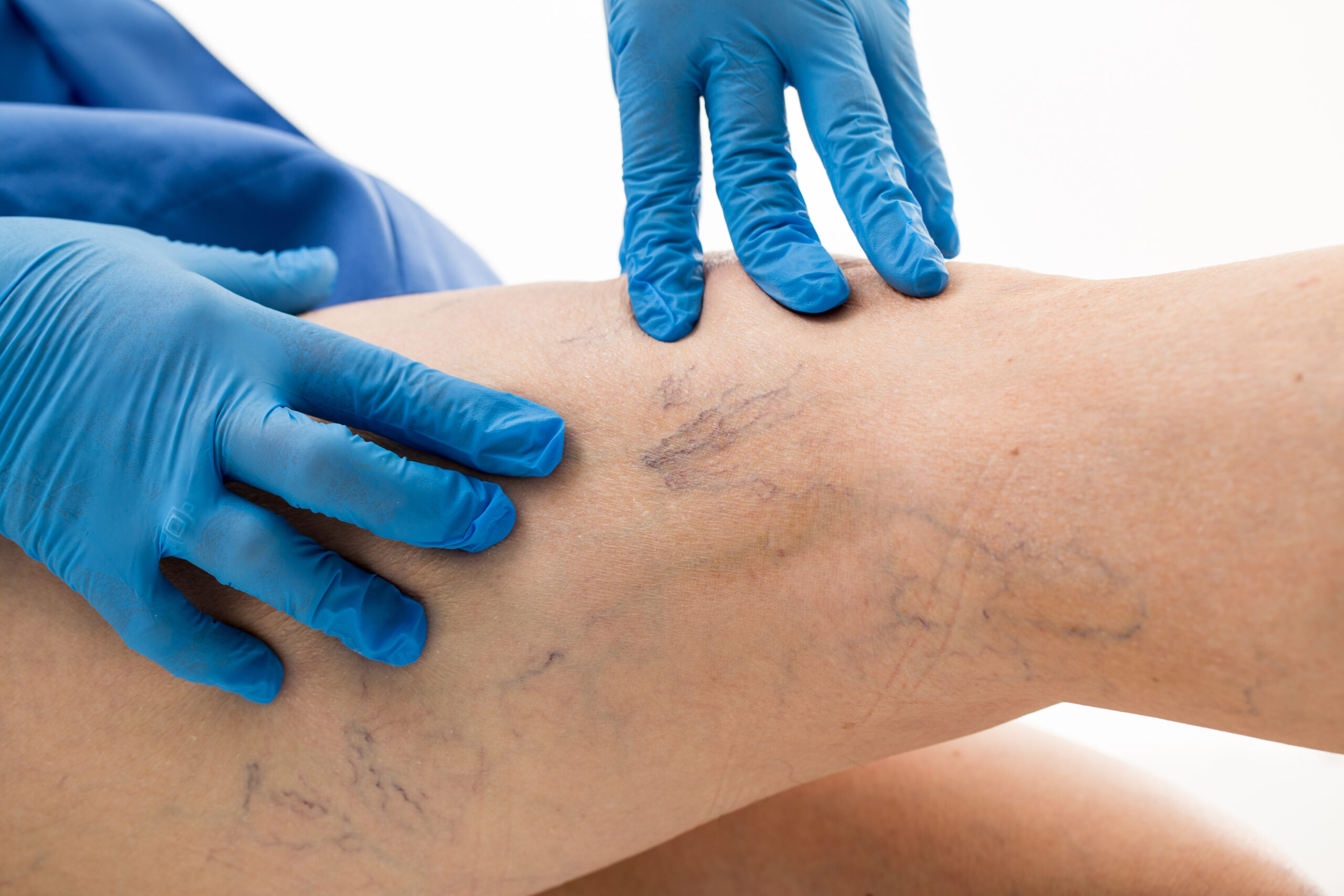What Is Venous Disease?

Venous disease is extremely common in the United States, where it affects an estimated 15% of the adult population. Knowing the symptoms and types of venous diseases can help you determine whether it’s time to seek treatment from your provider.
Here’s a closer look at the causes and symptoms of venous disease, and how to contact The Vein Institute of Hunterdon when you’re ready for an evaluation and treatment.
What Is Venous Disease?
Venous disease, also known as venous insufficiency, is an umbrella term for a group of conditions in which there is a problem with blood flow in the veins in your legs.
The veins in your legs have valves that allow blood to flow upward against gravity back toward your heart. When these valves become damaged or weak, blood will flow backward into your legs and pool in your veins. This can cause one or more conditions known as venous diseases.
What Are the Different Types Of Venous Diseases?
Varicose veins and spider veins are the most common types of venous diseases. These conditions affect more than 80 million Americans.
Varicose veins are large, twisted, swollen veins that appear on the legs. They are usually blue, purple, or red. Varicose veins commonly develop on the backs of the thighs and calves but can occur anywhere on the legs.
Spider veins are much smaller than varicose veins and do not bulge out of the skin. They are usually red and resemble tree branches. Spider veins usually develop on the legs and face.
Other types of venous diseases include:
- Chronic venous insufficiency, a long-term condition in which blood has pooled in the veins for an extended period.
- Deep vein thrombosis (DVT), the formation of a blood clot in a deep vein, usually in the leg.
- Pulmonary embolism, a blood clot that forms in a blood vessel and travels to a lung where it blocks blood flow.
- Venous stasis ulcers, or open wounds on the legs or ankles caused by damaged veins.
- Thrombophlebitis, which is when a blood clot forms in one or more veins to cause blockage, which then leads to pain and inflammation.
- May-Thurner syndrome, which affects two specific blood vessels in the legs to increase your risk for DVT.
What Causes Venous Disease?
Venous disease tends to be more common in women than in men, and in people over the age of 50. Certain factors can increase your risk of developing a venous disease. These risk factors include:
- A family history of varicose veins or venous disease.
- A history of blood clots.
- Previous damage to your legs from surgery, injury, or DVT.
- Being overweight or obese.
- Having a sedentary lifestyle.
- Smoking.
- Multiple instances of significant weight gain or weight loss.
- Pregnancy.
- Sitting or standing for long periods.
What Are Symptoms Of Venous Disease?
Venous diseases typically share many of the same signs and symptoms. The most common symptom is swelling in the legs and ankles.
Other venous disease symptoms include:
- Itching and tingling
- Rash
- Irritated or cracked skin after scratching
- Flaking skin on the legs and feet
- Thickened and hardened skin on the legs and ankles
- Red, swollen, crusty, or oozing skin
- Varicose veins
- Cramping
- Dull ache or a feeling of heaviness in the legs
- Pain that gets worse when standing
- Pain that goes away when the legs are elevated
- Skin sores or ulcers that heal slowly or not at all
- Changes in skin color, such as patches of brown skin
How Can Venous Diseases Be Treated?
Treatments for venous diseases vary based on the type of disease and root cause of your condition. For instance, if you have spider veins as a result of being overweight and sitting for long periods, your provider may recommend losing excess weight and exercising regularly.
Venous disease treatment may also involve:
- Wearing compression stockings.
- Elevating your legs frequently.
- Taking medications for ulcers and infections.
- Having minimally invasive endovenous therapy to close abnormal veins.
- Having open surgery to repair damaged valves and veins.
Contact the Vein Institute of Hunterdon today at (908) 788-0066 if you are experiencing any venous disease symptoms. We can discuss your available treatment options and help you get back to feeling more comfortable and confident about your health and appearance.
